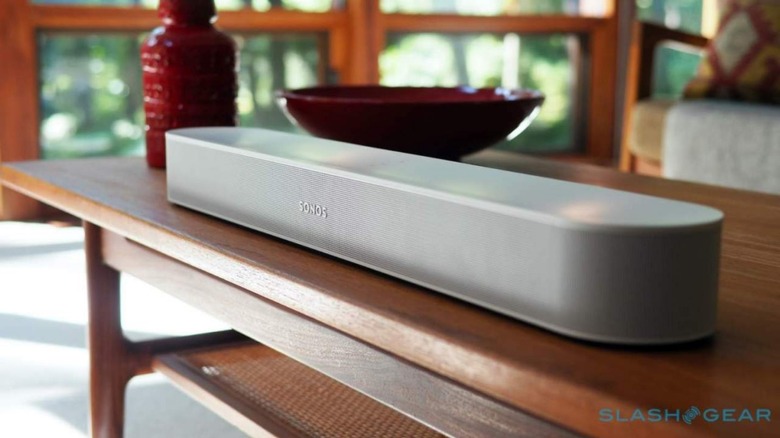Sonos Beam (Gen 2) Review - Dolby Atmos Magic
Sonos' original Beam wowed with just how much home theater audio it packed into its tiny footprint, and now the Beam (Gen 2) is adding Dolby Atmos to the mix. A little more expensive at $449, and a lot smarter inside, this new Beam sees Sonos double-down on targeting an audience that wants surround sound but doesn't want to be surrounded by speakers. There, with some qualifications, the surreptitious soundbar succeeds.
Since the original Beam launched, of course, Sonos released the Arc. Bigger, louder, and more expensive, Arc also took full advantage of Sonos' updated S2 platform to add Dolby Atmos support. That's something earlier products lacked the bandwidth and processing power to support.
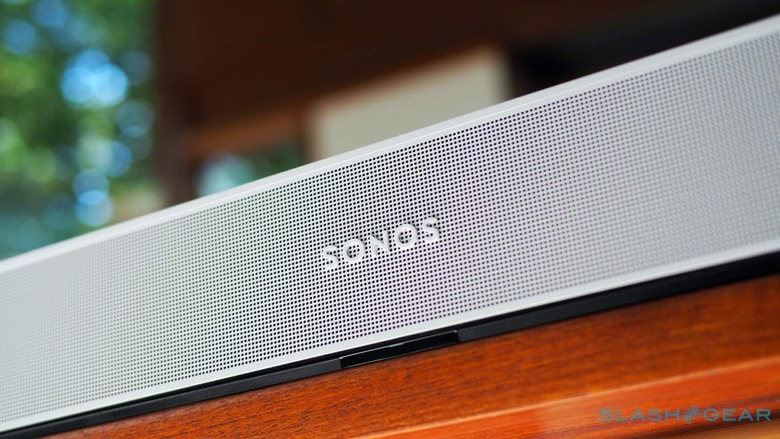
The S2 transition has caused no small amount of headache for Sonos, but it's hard to argue that it wasn't worth it. In addition to Atmos support, there's also higher-definition streaming audio and more headroom for the company's future features.
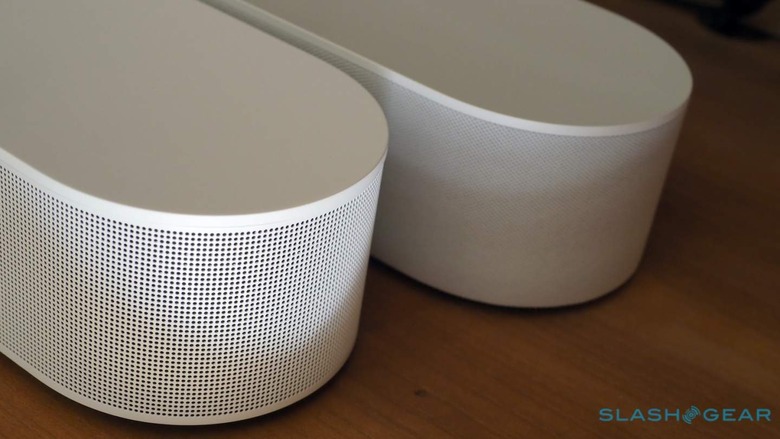
Like the Arc, the new Beam has a plastic grille with thousands of tiny holes, rather than the fabric cover of the original soundbar. You probably won't notice the difference from the couch across the room, but it should make it easier to wipe clean of dust. It's just shy of 26-inches wide, and still comes in matte white or black finishes; a panel of touch-sensitive controls for volume, play/pause, track skip, and microphone mute are on top.
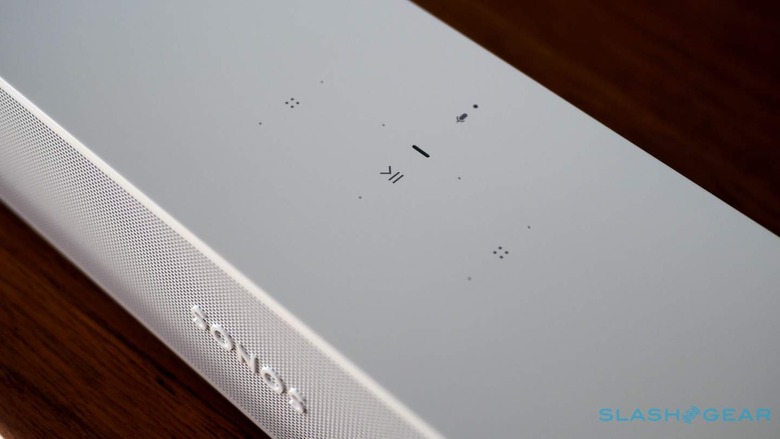
The rear ports selection is the same, too: power, ethernet, and HDMI. The latter now supports HDMI eARC as well as ARC; you don't need eARC for Dolby Atmos, but the bandwidth is greater than over an ARC connection. That means better overall audio quality is possible, but many streaming providers are still using compressed Atmos anyway so depending on your source it may not make much of a difference.
Setup is as straightforward as any Sonos product, and the new Beam now has an NFC chip – it's just to the left of the control panel – so that you can tap an NFC-enabled phone there and have the link to your network made even faster. If you have a fairly recent TV that whole integration should be handled by HDMI-CEC, so your TV remote can control the Beam's volume. Alternatively, there are IR options you can go through in the Sonos app.
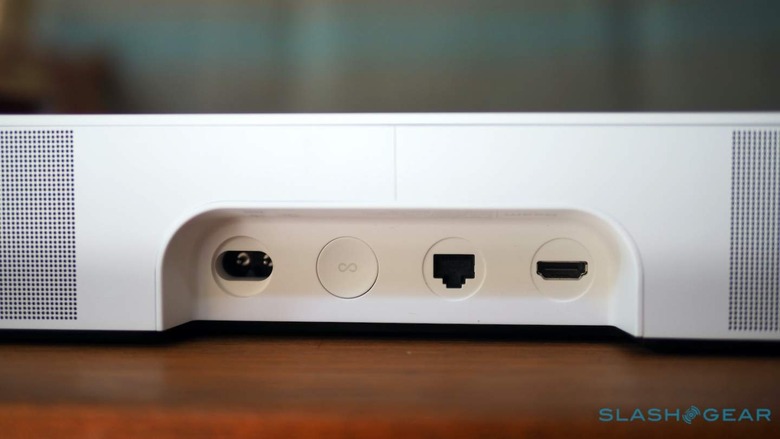
Finally, there's Trueplay. Sonos' audio tuning system promises to finesse the EQ to suit the acoustic properties of the room. To do that, you need to walk around the space with your iPhone held up, as a series of faintly-ominous bleeps and bloops recreate the feel of a mid-2000s conceptual art installation. That is, assuming you're not using an iPhone 13, which – at time of writing – isn't supported by Trueplay yet.
Sonos does have automatic Trueplay on its portable Move and Roam speakers, but its mains-powered models stick with the regular version. The company's argument is that the phone-based Trueplay has better results than using a speaker's own internal microphone, and I'll say you can notice the slight-but-worth-doing difference in audio balance post-Trueplay-tuning. Still, it'd be nice for those who use Android – or who just don't go to the effort of running through the two-minute Trueplay process – if the Beam could fall back on auto-tuning instead.
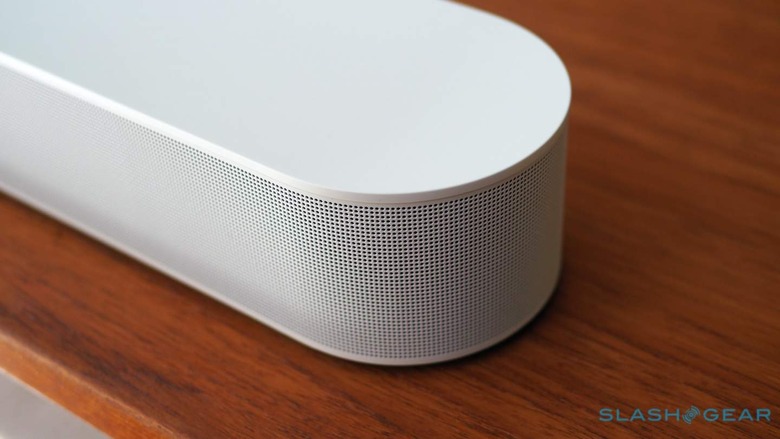
As for what's actually being tuned, despite the addition of Dolby Atmos support the hardware inside is unchanged. You still get a center tweeter, four mid-woofers, and three passive radiators, plus the Class-D digital amps to drive them. That's just as it was in the original Beam.
What's new are two new arrays dedicated to surround sound and height as, a little confusingly, Sonos refers to them. You can think of an array as a set of processing channels; the original Beam had three of them. It means it can use the existing hardware to give some of the sense of height that Atmos-encoded content includes.
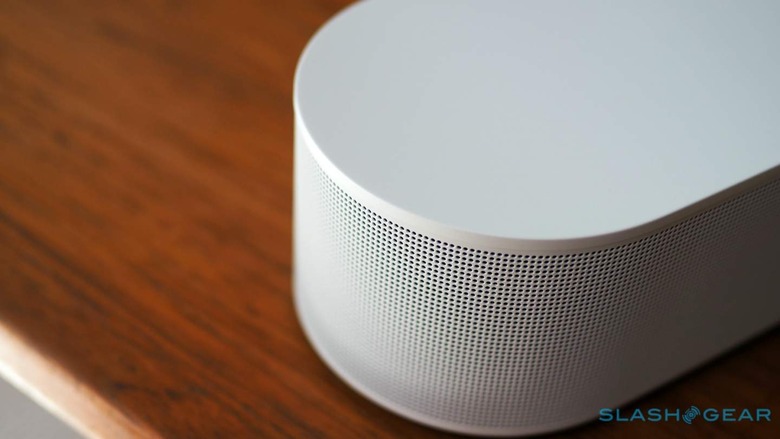
Without dedicated up-firing drivers, you'll be unsurprised to hear that the gen 2 Beam doesn't give the same sort of Atmos experience as a full room of multiple speakers. Then again, that's really not what Sonos is promising. What you get instead is an unexpectedly good facsimile of that.
Sonos leans on the Beam's faster processor and its knowledge of how our hearing works to massage height and width perception, and it definitely sounds more encompassing than the first-generation soundbar. No, you're not going to be reflexively ducking from missiles whizzing overhead, or have the sudden impression of someone shouting from over your shoulder, but it definitely feels richer and more immersive.
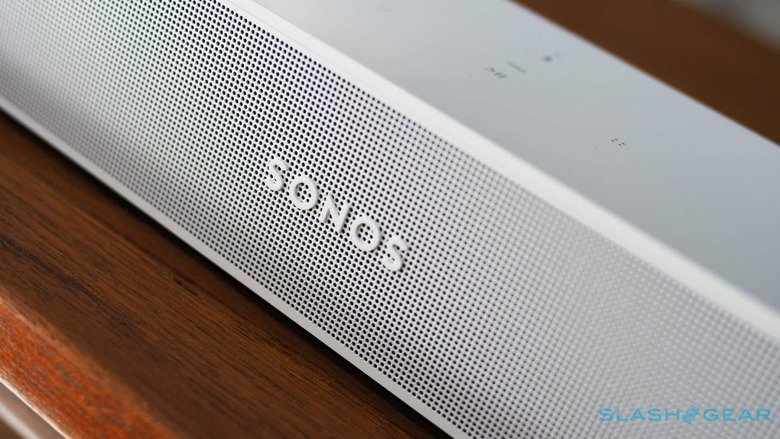
Since the surround audio is being bounced off your walls, bigger spaces start to dilute the effect. You can link the new Beam with a pair of Sonos speakers for wireless rear channels, and things got even better when I added a couple of Play 1 behind me. Again, that's not going to do anything to improve the overhead sound, but there's definitely a greater sense of height that the original Beam couldn't supply.
Better than Arc? No, and nor is it going to replace a full Atmos surround system. Then again, I don't think that's the point, really. Beam's slick integration, minimal footprint, and general ease of use leaves it a winner in terms of upgrading audio without the system being intrusive. "Spousal approval factor" is the generally accepted term, but frankly I don't really want a room full of a dozen speakers either. Beam gets closer to "heard but not seen" than many rival systems.
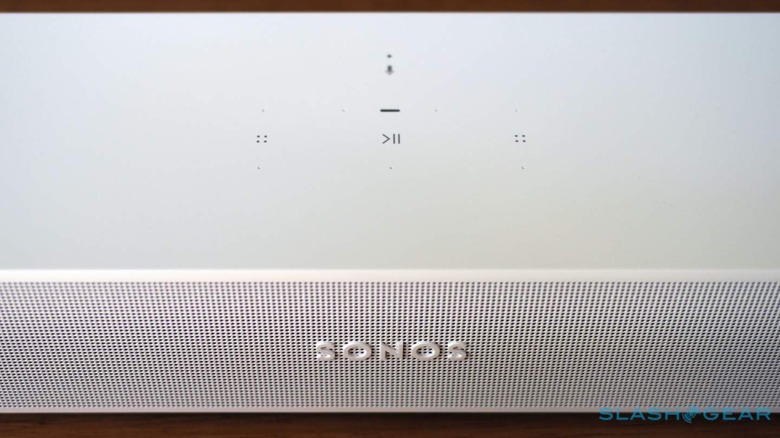
Elsewhere, the new Beam works just fine with your music, cranks loud, and has decent stereo separation. I'd still recommend a pair of Play 1 with a wireless stereo configuration if music is your first priority. Where Move and Roam have Bluetooth support, Beam sticks with WiFi, though you do get AirPlay 2 for streaming from Apple devices.
You can do all the usual Sonos niceties like grouping Beam with multiple other zones, play from multiple services through the Sonos app, hook it up to a broader home automation system such as Crestron, and access Sonos' selection of free and paid streaming radio channels. If you set up Amazon Alexa or the Google Assistant you can use Beam as an oversized smart speaker, but they're thankfully optional.
Sonos Beam (2021) Verdict
The reality of Dolby Atmos is that compatible content is still in relatively short supply. Honestly, what may be more important in the new Beam is its wider soundstage; that pays dividends to any surround sound media. Sonos hasn't forgotten the importance of dialogue either, and that comes through with piping clarity – even without the Speech Enhancement mode active – which I appreciated when trying to listen at low volume while the rest of the house was asleep.
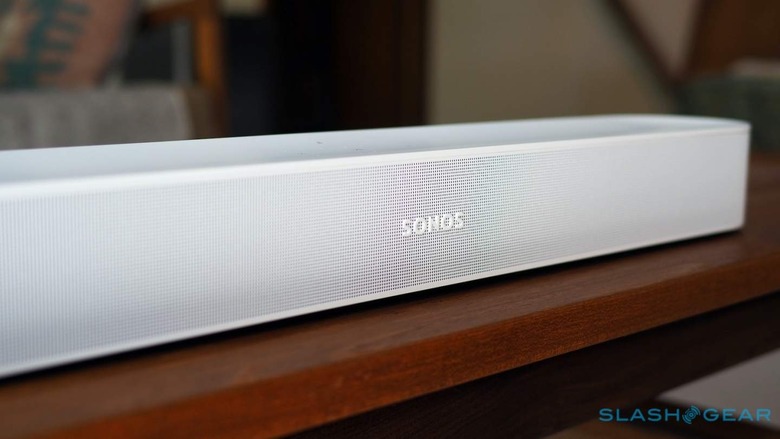
At $449, the new Beam 2 isn't particularly cheap. There are certainly more affordable soundbars out there, and bundles which include multiple speakers for those wanting to dive further into home theater. Anyone familiar with Sonos won't be surprised by the expense, mind.
Like the original Beam, the charm of this upgraded version is how it blends usability with performance. It's not the best Dolby Atmos experience – though the fact Sonos managed to coax it out at all through clever software is impressive – yet it's still a notable improvement over the first Beam, and Sonos' usability still stands shoulders above that of rivals. If you want better movie nights without the usual control headaches or visual clutter of more traditional surround systems, the new Beam is pitched just right for most people, and most services they stream from.
